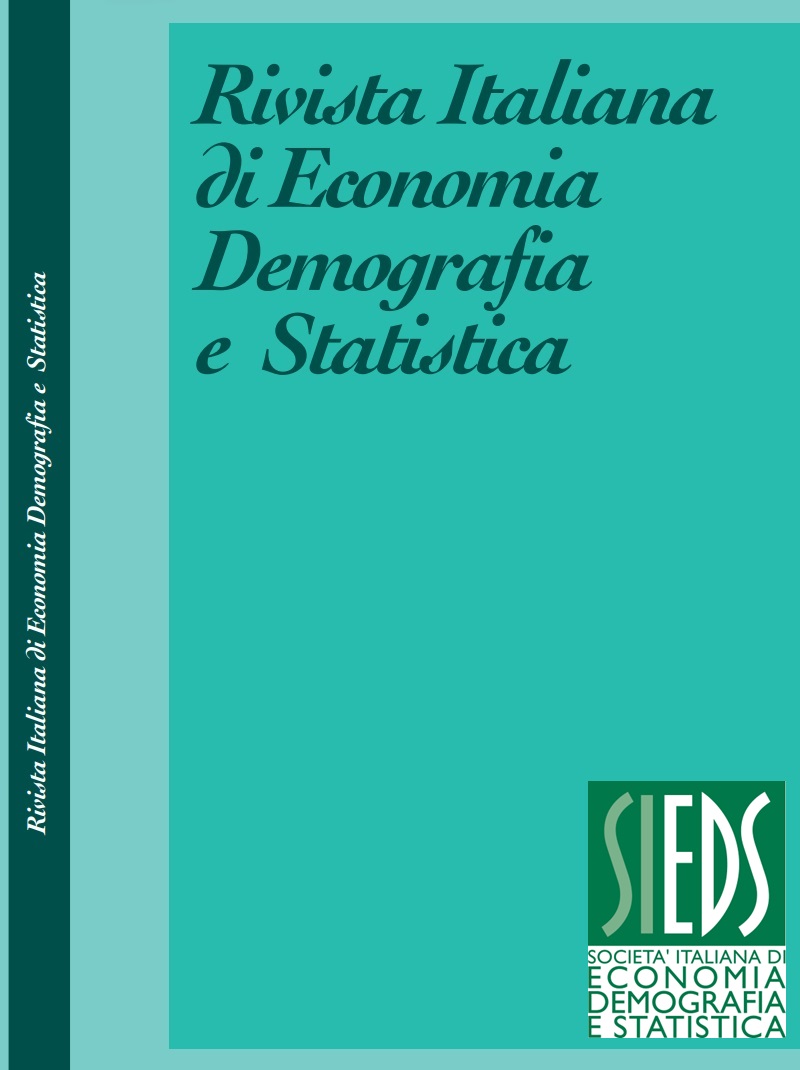Further development on the power of the double frequency Dickey Fuller test on unit roots
DOI:
https://doi.org/10.71014/sieds.v78i1.220Abstract
In this paper we present some further investigations on the power of the Double Frequency Dickey Fuller test for unit root, recently proposed in literature to capture those situations where the time series might be affected by potential unknown structural breaks, asymmetrically located.
The use of Fourier function to approximate structural breaks has recently received large attention in unit root literature. The idea is that the Fourier approach allows capturing the behavior of a deterministic function form even if it is not periodic, working better than dummy variables, independent of the breaks are instantaneous or smooth and avoiding the problem of selecting the dates and the form of the breaks.
The first attempts focused on the adoption of single frequency trig functions. More recently, it has been proposed an approach based on a double frequency in trig functions, which is more likely to capture also breaks that are asymmetrically located. Of this so-called Double Frequency Dickey Fuller test, it has been developed the asymptotic theory and, via simulations, its finite sample properties have been shown with respect to a variety of processes. To the best of our knowledge, however, no results have been presented with respect to the power of the Double Frequency Dickey Fuller test in case of occasional breaks data generating processes.
To address this issue we intend to conduct an extensive Monte Carlo experiment, concentrated on some occasional break data generating processes such as Mean Plus Noise and Markov Switching to evaluate the power of the test to distinguish also among this type of behavior.
Downloads
Published
Issue
Section
License
Copyright (c) 2024 Margherita Gerolimetto, Stefano Magrini

This work is licensed under a Creative Commons Attribution 4.0 International License.



